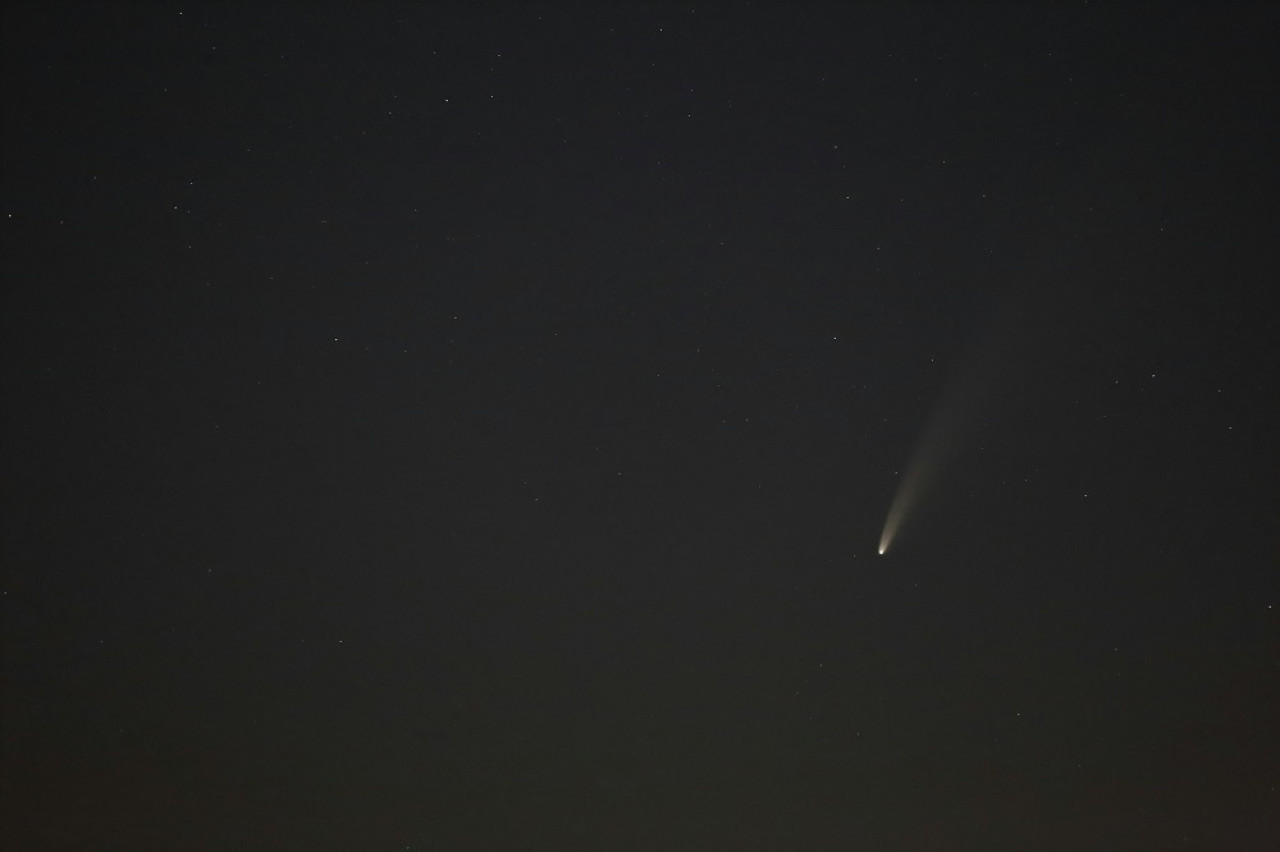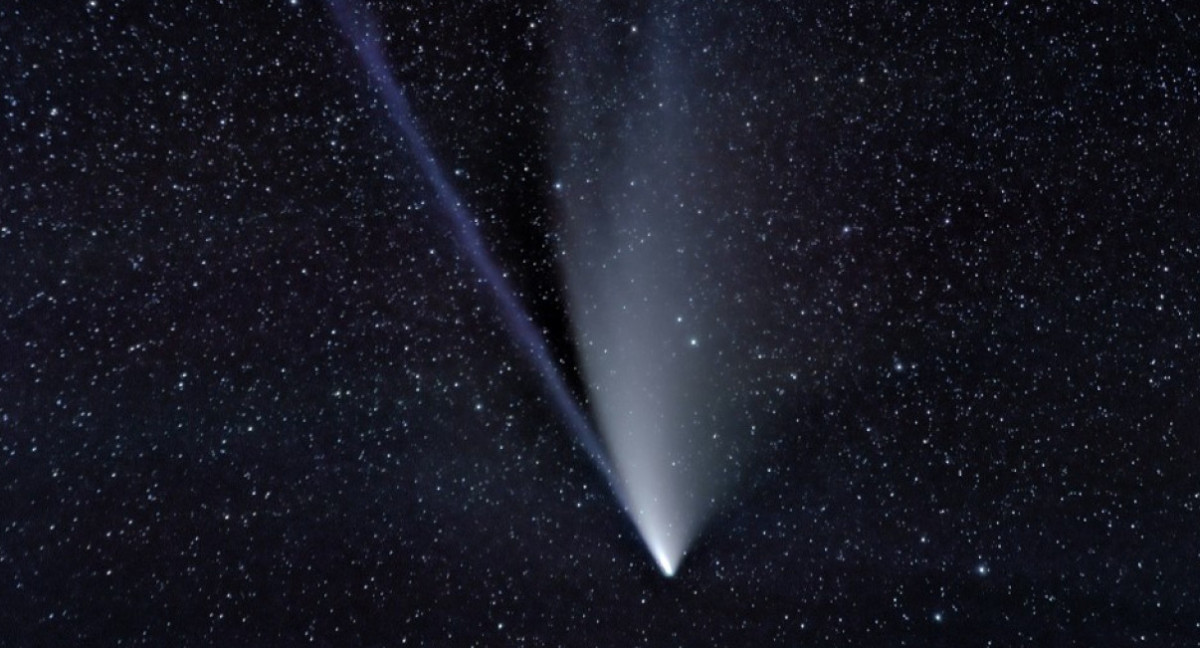Popularly known as “Diablo,” the comet's nickname comes from its peculiar structure that appears to form horns. As it completes its orbit every 71.3 years, it will not be seen again until 2095.
Comet, Astronomy. Photo: Unsplash.
In the coming days, astronomy enthusiasts will have the opportunity to witness an exceptional event: the passage “Devil's Comet”Always know Comet Ponce-Brooks. This celestial body is three times its size Monte EverestApproaching Earth to show itself again after 70 years.
According to the doctor Robert MasseyDeputy Managing Director Royal Astronomical Society (RAS) The British will have the best chance of observing this comet Early to mid April. To enjoy it without difficulty, the use of binoculars is recommended due to its distance.
Comet Pance-Brooks orbit. Video: AstroTube.
“If there is no moon in the sky, if there is no light pollution, if the sky is really clear, You may have a chance to see it with the naked eye. But most of us will need a pair of binoculars,” the doctor said in a statement.
He Comet Ponce-Brooks It was officially discovered in 1812 by a French astronomer Jean-Louis Pons and rediscovered in 1883 William Brooks. Its last naked observation dates back to 1954, making the upcoming appearance a highly specialized astronomical event for amateurs and experts alike.

This may interest you:
Historic record: Scientists identify the first stages of a supernova and collect unprecedented data
When and where to see the “Devil's Comet”
For Astronomy Enthusiasts, Massey Recommended to look towards West-Northwest In the last weeks of March, the chance to witness this celestial spectacle is after sunset. The comet will reach its maximum brightness next April 21stMarking a culminating point passing through the solar system.
 Comet, Astronomy. Photo: Unsplash.
Comet, Astronomy. Photo: Unsplash.
See it Northern Hemisphere, have a view Point to the constellation Pisces and look for a shiny icy ball with some kind of horn on one side of it. It will reach its closest point to the Sun April 24 and the closest point to Earth 2nd JuneDate visible to the naked eye.
It should be noted that this celestial object completes its orbit Once every 71.3 yearsTherefore Comet Pons-Brooks won't be seen again until 2095.
Classified as a comet “Cryovolcanic” Because of its occasional eruptions Gas and iceIts observation provides a unique opportunity to see one of the frozen remains Early formation of the solar system. As it approaches the Sun, some of its ice forms a gaseous envelope around its core, spreading a tail of gas and dust.

